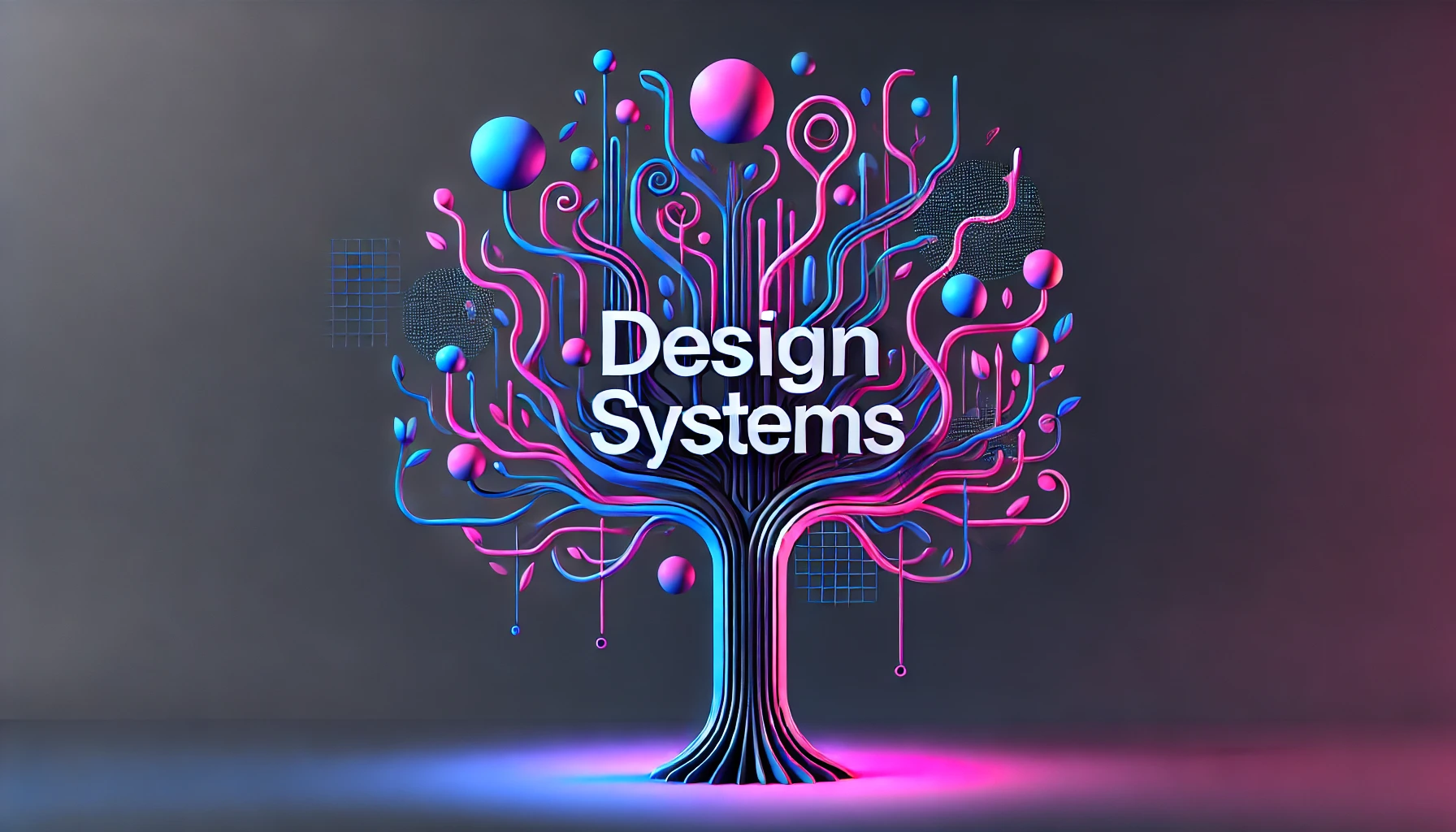“Design is the intermediary between Information & Understanding”
Designers today are pushing boundaries. The “new” breed of designers are breaking the barrier of mediocrity and stepping up to tackle bigger problems with “design thinking”. With the constant advancements happening in the design field almost every day, are you ready to take on the design world by storm? If you are starting your journey as a designer or preparing for it, read on to find Everything You Need to Know About Design in this Design Guide 101.

The Right Aptitude and Attitude
“Everything is Design”- Paul Rand
Do you have an appetite for design? Do you like to figure out the patterns and styles in everything you look at? Then you are perhaps on the right track. Appreciating a good design is the foundation of a good career and this comes through observing, engaging, and empathizing with your environment.
But just appreciating is not enough to become a good designer. It is also important for you to realize why a design is “not good” or “bad”. Understanding what your users need, and then designing based on it reduces information overload and improves communication either verbally or through your designs making it better for the end-users.
Ever wondered why few products are so easy and engaging to use when compared to other products, well, good design thinking and approach, play a great role here. It’s not always just about making a product simple but simple and engaging. Think outside the box, ditch the generic approach and look for alternative ways of viewing the problem. Make the journey for your users a memorable one.
Lastly and very importantly be obsessed and inquisitive about things around you and their functioning. A knack and a great attitude are developed from Observing, Understanding, and continuous learning!
Practice, Practice, and Practice!
No designer can step up their game unless all those theory lessons are put into practice! And with so much happening in the design field daily, practice is something that won’t go out of PRACTICE! Some ways in which you can up your design game are:
- Take daily UI challenges; big or small, take them up, and push your limits.
- Produce multiple inexpensive, scaled-down versions of any product or specific features found within the digital products.
- With every design iteration for the digital product, your aim should be to identify the best possible solution to each design problem.
“An ounce of practice is generally worth more than a ton of theory.”
― E F Schumacher
The best Way to Upskill Your Design Talent is by Practicing
Think like an Entrepreneur
After learning design and Its practices, your ultimate goal is to go out in the market, showcase your skills, and grab job opportunities. Show the companies and the recruiters why should they hire YOU!
With the significant rise in start-up culture in the present times and limited resources & budgets to prioritize things firms have realized the importance of UX design and designers as a whole. Think of business ideas in the digital space and start designing their solutions and present them out. This will help you secure prospects and offers and understand businesses and how design can help & benefit a digital product.
The best way to design solutions for businesses is to understand the complete digital product journey as a consumer and also as a service. In business, one cannot only keep the user in mind, the client and their business also hold equal importance.
Be in Vogue — Keep up with the Trends
Design is an ever-changing industry with new advancements happening every day. Hence, it is very important for you as a designer to keep up with the trends! Be aware of design standards and interaction trends in the industry and try to practice every new trend to be future-ready.
Follow, Understand & Respect the design systems like iOS, Android, etc. The difference between a good and a bad product is the quality of its user experience and you would want to give your users the best experience. Understanding and following these design systems will improve your quality of work as a designer and help you in the long run.

Specialist vs Generalist — What is the Right Choice?
When starting your career in design, the one most frequently asked question is — is it better to be a UX generalist or is it better to specialize? Many companies combine user research and design into a generalist, UX designer role. When starting it’s better to be a generalist within the digital product domain, since as a generalist the advantages you gain are tremendous, like:
- Can experience more variety: with a wider variety of activities to work on your experience also increases in wider design fields.
- Firsthand experience of User Research: As a generalist, you get to conduct user research and usability testing yourself. Through firsthand involvement in the research, you would be better able to apply that knowledge to your designs.
- More career opportunities: Because many companies combine user research and design into a generalist position, there are far more job opportunities open to generalists than to specialists. So generalists have more career options and mobility.
- Easy to choose a specialty: Another major reason to be a generalist is that with knowledge about so many different design-related branches, it would become easier for you to pick one topic or domain for specialty and gain deeper knowledge in it in the future.
The word “Designer” is not merely a job designation anymore, the whole design industry has evolved by multi-folds and is still evolving, the new generation of designers are fixing real problems in society and rising collectively, trying to create an impact through their work for the greater good of the world. Self-awareness, hard & smart work, and the right amount of practice is the key to good work and good design!







